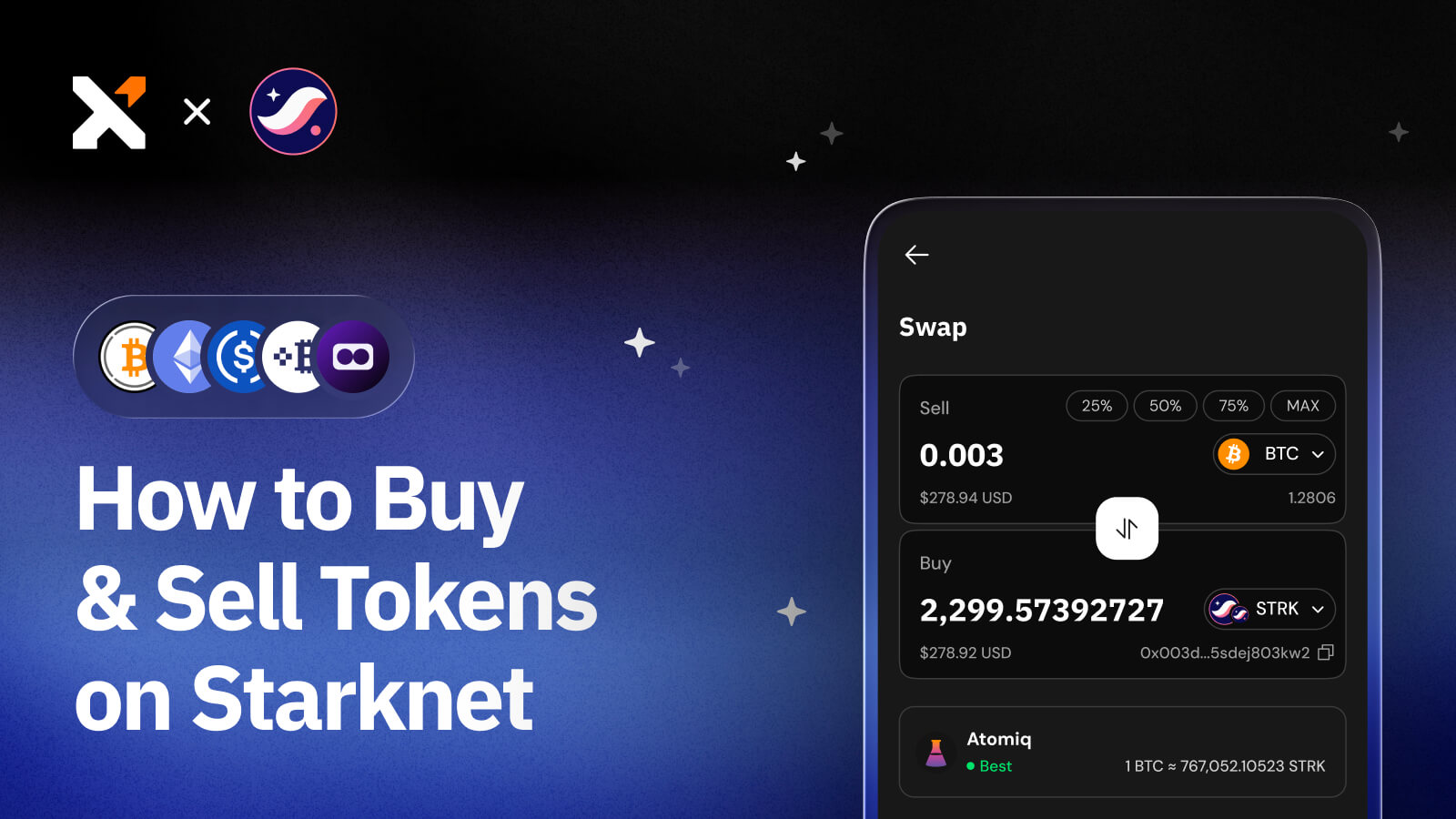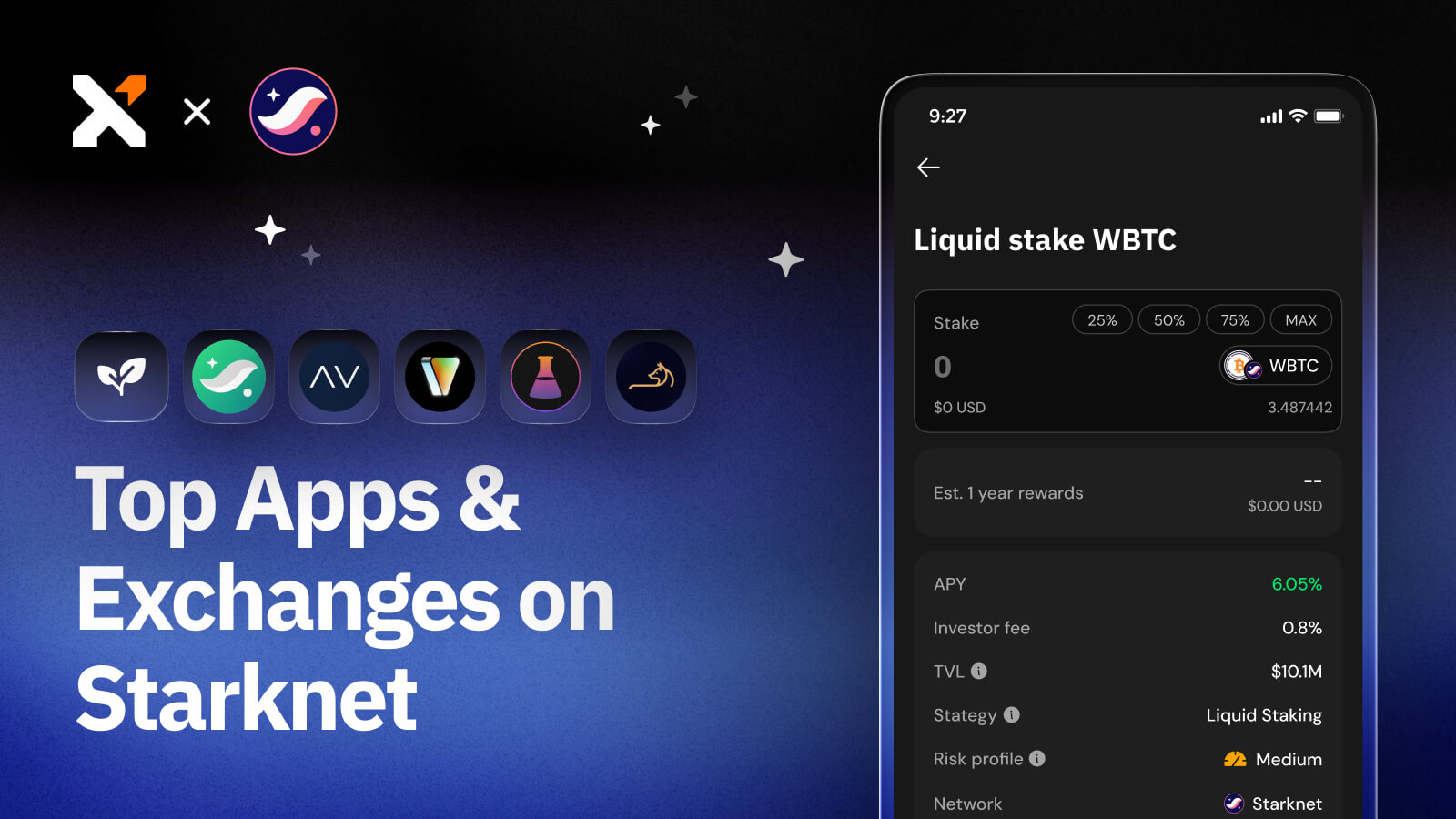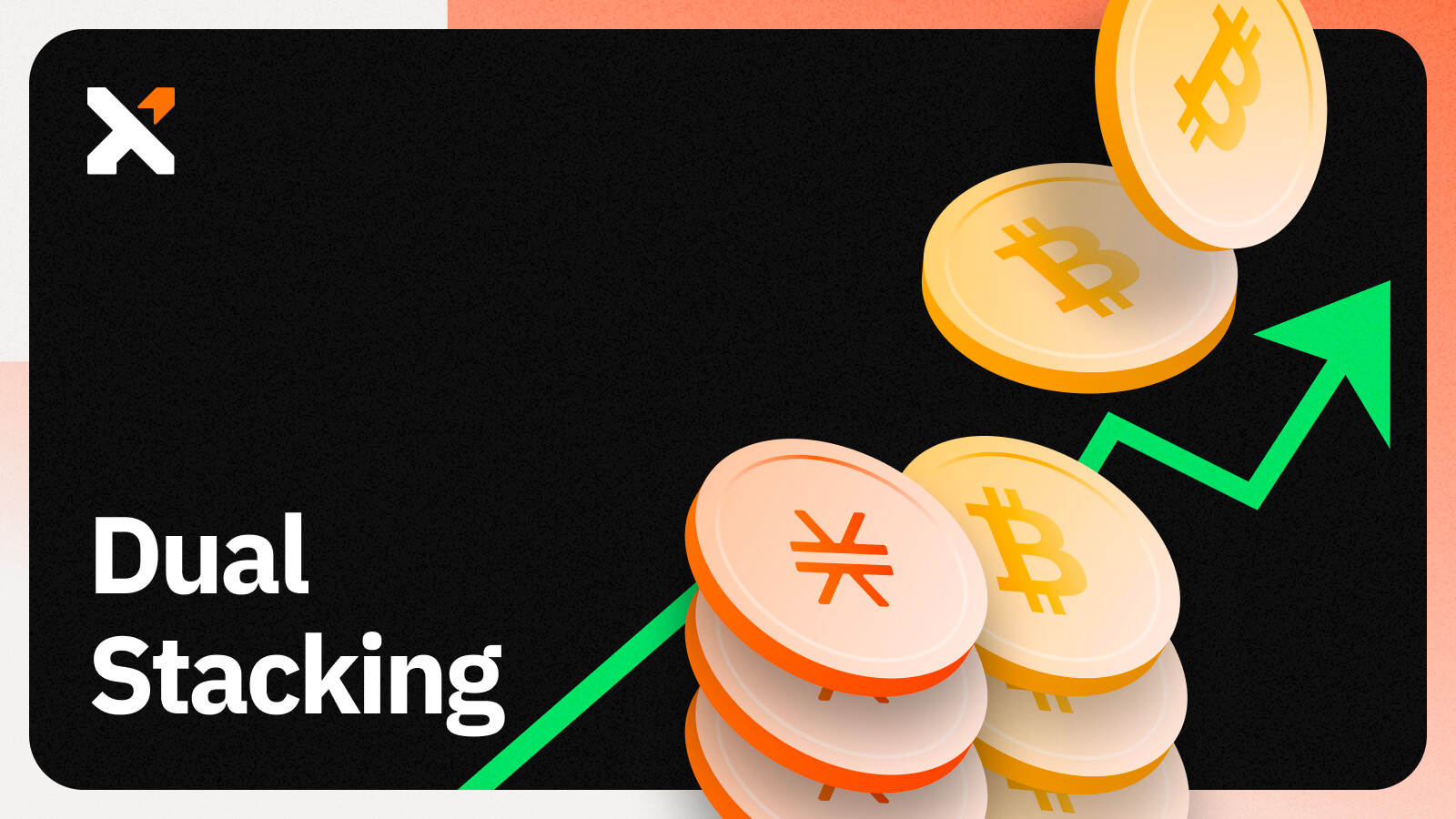How To Passively Earn Bitcoin
Learn how to passively earn Bitcoin. From shopping to Bitcoin DeFi to stacking pools, this article covers strategies and tips for passive Bitcoin rewards.

Sign up for updates!
Stay tuned to our latest news and updates
.svg)
Over the past decade, Bitcoin adoption and awareness has exploded. Not only are more people using bitcoin, more people are also looking for ways to earn and grow their bitcoin holdings.
In this article, we cover six popular ways both new and experienced Bitcoin users can passively earn BTC, from Bitcoin mining to stacking using the Stacks layer.
Six Ways to Passively Earn Bitcoin
There are multiple ways that both first-time crypto users and more experienced enthusiasts can passively earn bitcoin. As a word of precaution, be sure to do your own research before venturing into any of the methods stated below. This article aims to be a primer on the possible ways people can earn bitcoin.
1. Mining to Earn Bitcoin
First up, let’s look at Bitcoin mining. This occurs when Bitcoin transactions are validated on the Bitcoin network and added to the blockchain ledger. By calculating millions of hashes to solve for the correct number, miners gain a reward in the form of bitcoin. A quick online search will reveal a number of helpful tutorials that teach you how to set up your ASIC computer for mining. However, individual users often join mining pools to help increase their chances of receiving a reward. A mining pool is a collection of individuals or organizations that mine together and then divide the reward as per each person’s computational contribution. Mining competition is so fierce that if you do not team up with other people, you will have an extremely low chance to earn bitcoin.
As good as it sounds, there are a couple of issues with this method.
Firstly, there is no guarantee that your efforts will earn bitcoin. Competition is cutthroat and you may simply be mining for no reason. Secondly, mining is electricity intensive (approximately 1,450 kWh for 1 Bitcoin) as your computer is calculating hashes 24/7. This could result in your electricity bill outweighing your mining income. Thirdly, not all computers are designed to mine bitcoin. Be cautious when selecting a computer as mining bitcoin may end up shortening the lifespan of your device. And lastly, this is not the easiest way to earn bitcoin. It requires planning, monitoring, and constant adjustment of your device(s).
2. Shop to Earn Bitcoin
Earning Bitcoin can also be effortless.
There are various companies that have begun offering Bitcoin as a cashback reward for shopping with their card or their browser add-on, some of which include Fold, Lolli, and StormX.

Fold is an example of one such debit card that rewards its users with bitcoin. With its mission to “bring Bitcoin to everyone”, the Fold card promises a fun and engaging way to earn bitcoin with every swipe. While this seems like an incredible deal, be wary of the participating retailers that may or may not be available in your area. There are three plans for the debit card which offer varying rewards depending on what you choose. Ensure that you’re on the right plan in order to get bitcoin back on qualifying purchases.

Lolli is a browser extension that rewards users who shop with them through a 30% cash back in bitcoin. Set-up is easy as all you need to do is add it to your browser, shop at one of their 10,000+ partners, and earn money (bitcoin or cash) while you do so. Lolli works similarly to the famous browser extension Honey (which provides similar functionality), and guarantees no hidden costs. Do note that this is only available to US retailers as Lolli has not yet expanded outside the country.

Lastly, StormX is a combination of the former two options. Showcasing itself as the “easiest way to earn crypto,” StormX is a one-stop shop for all your bitcoin cashback needs. Not only is StormX a browser extension, but it's also an app for your phone, a debit card provider, and a staking platform for its native token. There are a plethora of ways you can use StormX to earn Bitcoin, so choose what works best for you.
With these three rewards providers in mind, take some time to see which options are available in your region and support the shops you frequent. Using these platforms for 1-2 purchases a month won’t give you a significant headway into earning a substantial amount of Bitcoin, so ensure you know how often you’ll shop and at which stores.
3. Refer to Earn Bitcoin
Affiliate programs are a way companies grow their user base by getting people like you to get your friends, family or followers to do a certain action - usually signing up to emails and newsletters. Rewards tend to vary between companies, so ensure you know when and how you’re getting rewarded before proceeding any further.
One example is the Trezor Affiliate Program. Trezor is a hardware wallet manufacturer that allows its users to store Bitcoin and cryptocurrencies offline. The program is aimed at encouraging Bitcoin adoption around the world and to support those who want to write about Trezor and crypto security. Trezor’s payout in bitcoin is around 12-15% of each sale that is done through your link or referral.
Large exchanges also run affiliate programs as their market is highly competitive for user acquisition. Coinbase, the largest crypto exchange in the US, is one such platform. If a user you invite signs up with your link and makes an eligible crypto trade, both you and the new user receive a bonus. The bonus varies from region to region, so be sure to check your region’s bonus before inviting your network to join.
OKX, another large crypto exchange, offers mystery rewards every time you refer a user to join their platform using their link. OKX implements two reward mechanics: one for signing up, and one for that same user making a minimum $50 deposit or trade within 30 days of signing up. Each action rewards both you and the new user with a mystery box that contains prizes of up to $10,000 of one of a number of crypto tokens (including Bitcoin).
As a word of caution, ensure you check affiliate reviews of the programs before signing up and exhausting your connections. Your hard work deserves to be rewarded.
4. Run an LN Node to Earn Bitcoin
The Bitcoin Lightning Network is a Bitcoin Layer 2 that uses nodes and payment channels to facilitate transactions. A Layer 2 means that the platform exists “on top” of another network. In this case, the Lightning Network lives on top of the main Bitcoin network to process micropayments.
In order for the network to operate, nodes are required to host the “lightning-fast” payment transactions that go through the Lightning Network. These Lightning nodes are set up by individual users and receive a part of the transaction fee if the transaction goes through their node.
There are bountiful tutorials that guide users on how to set up a Lightning node, along with all the requirements needed prior to doing so. However, running a Lightning node does not generate very much income due to the fact that transaction fees are low. Some users have stated that their node only generates a few dollars per month in bitcoin or even less.
The majority of the nodes exist not to generate income but to support the growth and adoption of Bitcoin as a medium of exchange and store value. As the Lightning network grows and more transactions get routed through it, the potential income for node owners will most likely rise as well.
5. Stacking to Earn Bitcoin
Staking allows individuals who own cryptocurrency to generate passive income without having to sell their digital assets. It functions similarly to a high-yield savings account, where an individual "deposits" their cryptocurrency and earns a share of the returns from lending it out. In the next section, we break down three different ways for users to stake STX (aka “stacking”). Stacks is a Bitcoin layer that uses its own token STX to incentivize STX miners to validate transactions and secure the network. By locking STX tokens, users can earn native Bitcoin rewards.
Stack on a Centralized Exchange
Using an exchange to stack STX is an easy method for those who are new to crypto and already have accounts in popular exchanges. All you need is some STX, and then leave it in the hands of an exchange. However, it’s important to note that these exchanges are custodied options, meaning you will need to give the exchange access to your private keys. The exchanges Okcoin, Binance, and Coinlist allow you to stack STX for Bitcoin rewards.
Stack in a Non-Custodial Pool
What’s the difference between an exchange and a pool? Some exchanges allow users to join and opt-out of their stacking service at any time whereas you can only lock and unlock your STX in pools based on the stacking cycles. The biggest difference is that an exchange is custodial where users give a private organization or entity control of their private keys, whereas a pool non-custodial. For this reason, a non-custodial pool is considered to be more secure.
Xverse Staking is your one-stop shop for all your non-custodial stacking needs. You can purchase and manage your STX tokens and Bitcoin earnings, and lock your STX in the pool–all from within the app.

Xverse Stacking allows you to earn an average 10% yield on your STX holdings, paid out in native BTC rewards.
To sustain operations, we apply a 4.95% management fee on your rewards while enabling a stable, secure, and decentralized stacking platform. This fee is vital for rewarding the multiple signers needed to secure the pool, as well as for the acquisition of required tools and resources. Want to learn more? Here’s how Xverse Staking works.
Stack by Yourself
The minimum STX required to stack by yourself is between 100,000 - 150,000 STX. In this case, you do not need to rely on any third party to earn Bitcoin rewards. To learn more about the solutions that help facilitate this, visit the Stacks website.
6. Lending to Earn Bitcoin
Similar to a fixed deposit at a bank, you can lend out your Bitcoin in return for a reward. There are a variety of services that facilitate this process, with some organizations taking on a more active, centralized role while others take on a more passive and decentralized approach. Payouts can be received daily, weekly, or monthly, but usually depends on the terms of the agreement. As a facilitator, most platforms take a percentage of the interest rewarded back to the lender.
Centralized services like Binance require users to deposit their Bitcoin onto their respective platform/dApp. The platform chooses which borrowers can access its lended capital. This brings a number of benefits where borrowers are vetted by experts of the firm, but also raises the concern about a lack of transparency in the process and the possibility of the exchange going insolvent In 2022, billions were lost to users from exchanges like Terra, Celsius, Voyager, FTX and BlockFi.
There are also peer-to-peer (P2P) platforms that allow you as the lender to set your own terms like period, interest, and minimum collateral when lending out to others. Platforms do not get involved with the transaction, but will charge users a fee.
Non-custodial, decentralized platforms are operated by smart contracts. This means centralized institutions and middlemen are not controlling your crypto in the borrowing/lending process.
Three notable Bitcoin DeFi lending protocols include ALEX, Liquidium, and Zest–all of which offer non-custodial, bitcoin lending services.
Some Tips on Ways to Earn Bitcoin
Not all ways to passively earn bitcoin hold the same amount of risk. Mining Bitcoin is highly competitive and requires expertise to properly set up a mining rig. On the other hand, stacking STX on Xverse Stacking is secure, non-custodial, and allows users to earn, on average, 10% yield in native BTC rewards.
Earning bitcoin is becoming easier as web3 gains mainstream adoption. By putting in the time to research and familiarize yourself with the blockchain landscape, you’ll find that there are many secure and effortless ways to passively earn bitcoin.
Share this article



.svg)




